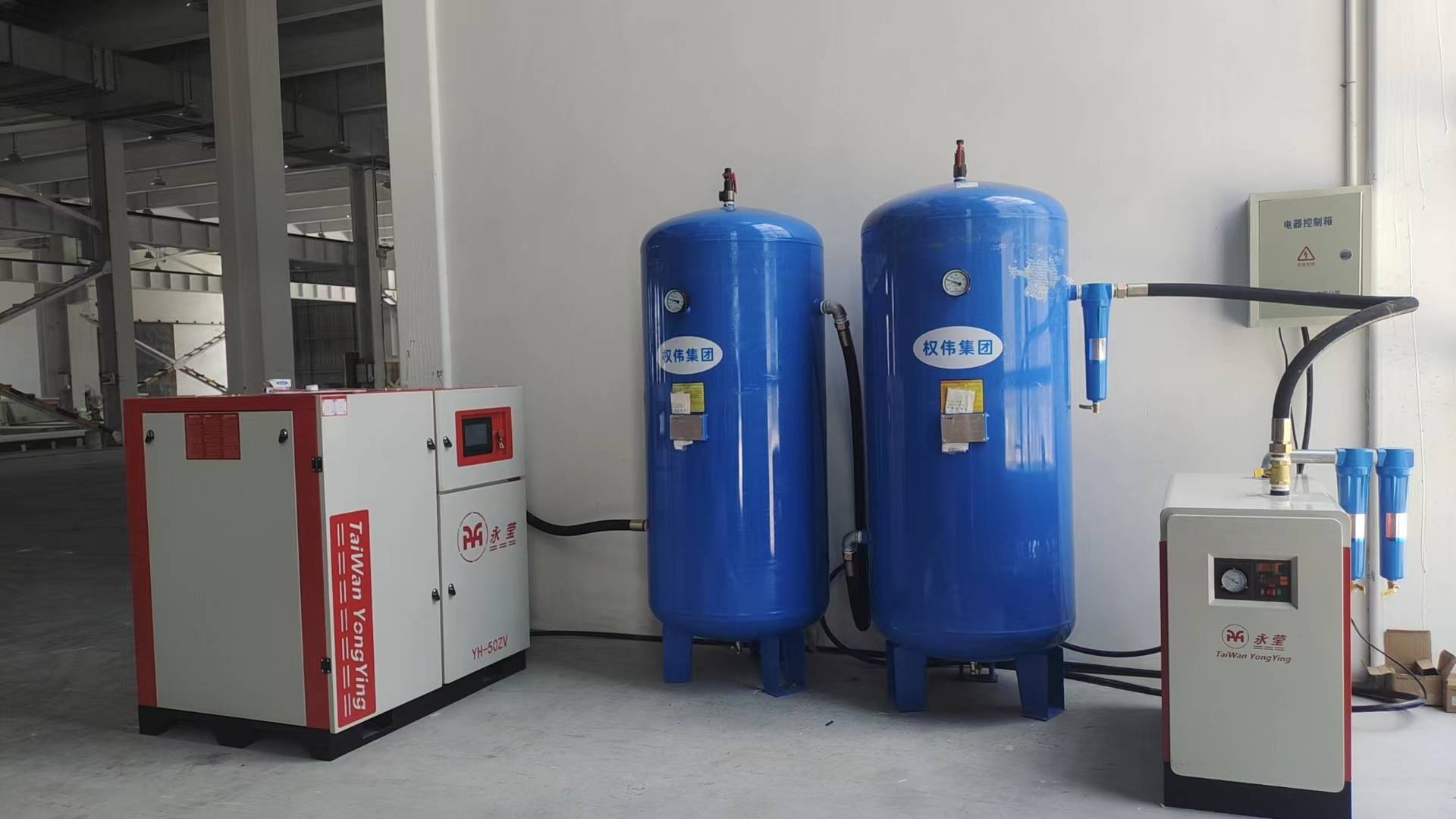The core of the oil-free air compressor is the two-stage compression host. High-quality bearings and precision gears are installed inside to ensure the coaxiality of the rotor and maintain operation. How to identify oil-free air compressor deterioration?

1.The rolling method is to twist the oil-free air compressor oil between the thumb and index finger and grind it repeatedly. The better oil-free air compressor oil will feel lubricity, less wear debris and no friction. If you feel the sand between the fingers, A large friction feeling like this indicates that there are many impurities in the oil-free air compressor oil and it cannot be reused. The oil-free air compressor oil should be replaced with new oil-free air compressor oil.
2.Oil drop trace method: Take a piece of clean white filter paper and put a few drops of oil on the filter paper. After the oil-free air compressor oil leaks, if there is black powder on the surface and a sticky feeling when touched with your hands, it means there is no oil leakage. There are many impurities in the air compressor oil. A good oil-free air compressor oil has no powder, is dry and smooth to the touch, and has yellow marks.
3.Light method: On a sunny day, use a screwdriver to lift up the oil-free air compressor oil and make it at a 45-degree angle to the horizontal plane. Observe the oil droplets against the sunlight. Under the light, you can clearly see that there is no wear debris in the oil-free air compressor oil, which means it is good and can continue to function. If there are too many wear debris, the oil-free air compressor oil should be replaced.